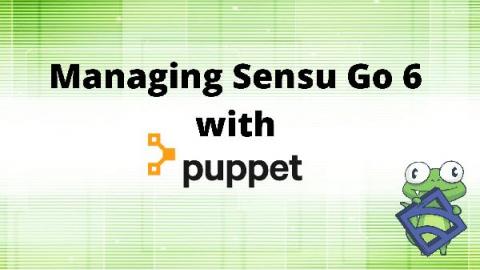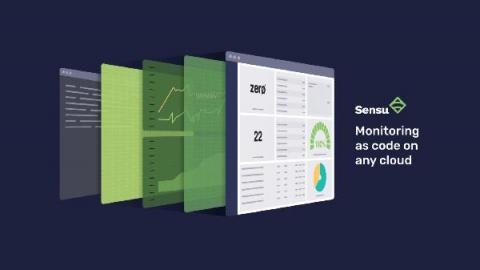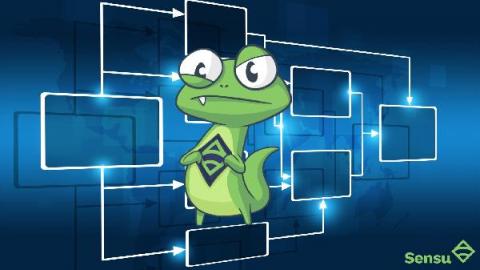What is LDAP and how does it work?
As corporations grow, the need to organize user data and assets into a hierarchical structure becomes critical to to simplify storage access of those assets. LDAP enables organizations to store, manage, and secure information about the organization, its users, and assets. In this guide, we’ll explain what LDAP is, its uses, and how it works.








